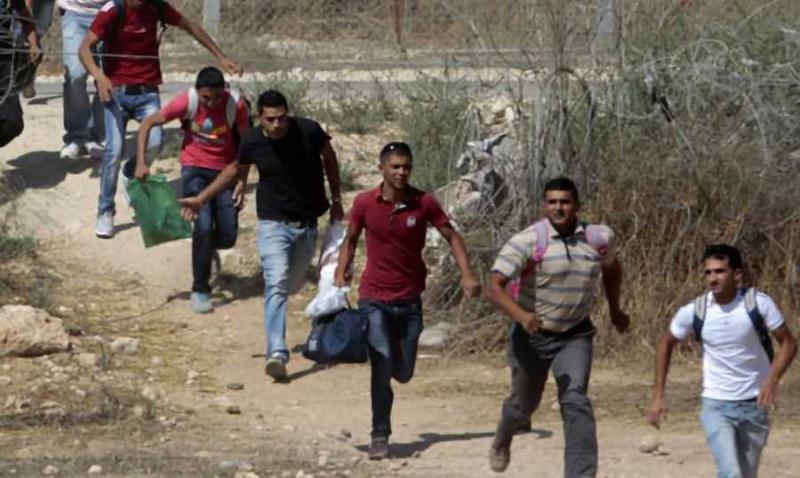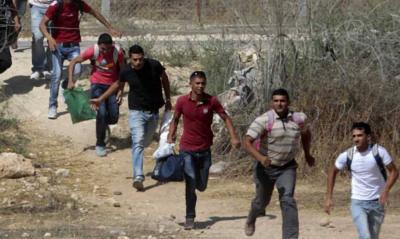The events in Gaza and their repercussions on the Lebanese scene have overshadowed issues that occupied the minds of the Lebanese, such as the presidential elections and daily life concerns, including Syrian infiltration. Since mid-August, new waves of infiltrators have been heading toward Lebanon following renewed protests and clashes in the Syrian province of Suwayda. Interest in the displacement issue has returned, highlighting its negative effects on Lebanon from economic, social, and demographic perspectives. Consequently, state institutions, including ministries and administrations, have started taking measures to curb this human influx.
The Lebanese army has taken the lead, working hard to reduce the number of people crossing through illegal crossings from Qaa to the Hermel border. Each crossing has an agent who allows passage for a fee, with each crossing often named after its overseer. As violence escalated in Syrian regions and the value of the currency collapsed, the number of infiltrators attempting to enter through these crossings increased, particularly in areas where Lebanese and Syrian territories overlap, such as Hosh Sayyid Ali, Qaa, Al-Masharifah, Al-Qasr, Ras Baalbek, and Harf Al-Samaqa. These crossings were previously used for smuggling diesel and food supplies, where numbers exceeded one hundred people daily, not to mention those arrested by the Lebanese army and handed over to General Security for repatriation, which surpasses one thousand Syrians weekly.
Interestingly, with the focus shifting to the southern front, discussions about Syrian infiltration have decreased. Security sources told "The Call of the Homeland" that "the primary and fundamental factor is the actions taken by the Lebanese army over the past months, including border control and closure of illegal crossings, which has led to an 85% reduction in infiltration." The Lebanese army, through various border guard units deployed from the town of Ma’raboun, adjacent to the Syrian town of Serghaya, through the eastern mountain range areas to Arsal and Qaa, and reaching Hermel and areas adjacent to the northeastern Syrian border, has managed to curb displacement, resulting in fewer people able to cross.
In areas with rugged geography where those fleeing Syria rely on motorcycles to reach Lebanon, the number of those who manage to cross does not exceed the fingers of one hand, all of whom are captured by army units divided into three teams: fixed observation post personnel, patrol units, and ambush teams. In regions with easier geography, where plains facilitate easier passage for refugees, the numbers have decreased significantly. The army hands these individuals over to Lebanese General Security for repatriation, and while numbers previously exceeded a thousand weekly, they are now limited to dozens, if not fewer.
Sources from "The Call of the Homeland" add that "other factors have contributed to the decline in displacement activity, including the financial burdens faced by those choosing to escape to Lebanon, as they pay Syrian army soldiers a fee in dollars. The issue lies in the Syrian army's failure to secure the border from its side, in addition to what smugglers and crossing overseers charge. Consequently, refugees incur substantial financial costs to reach Lebanon, which they cannot recover due to declining job opportunities."
The sources conclude that "the Lebanese army is satisfied with its achievements, continuing its procedures in Baalbek and along the borders, and is on high alert in the south. Additionally, it is working on linking its centers in the eastern mountain range with a network of roads, some of which Army Commander Joseph Aoun has inaugurated, while others are being paved in preparation for their opening."




